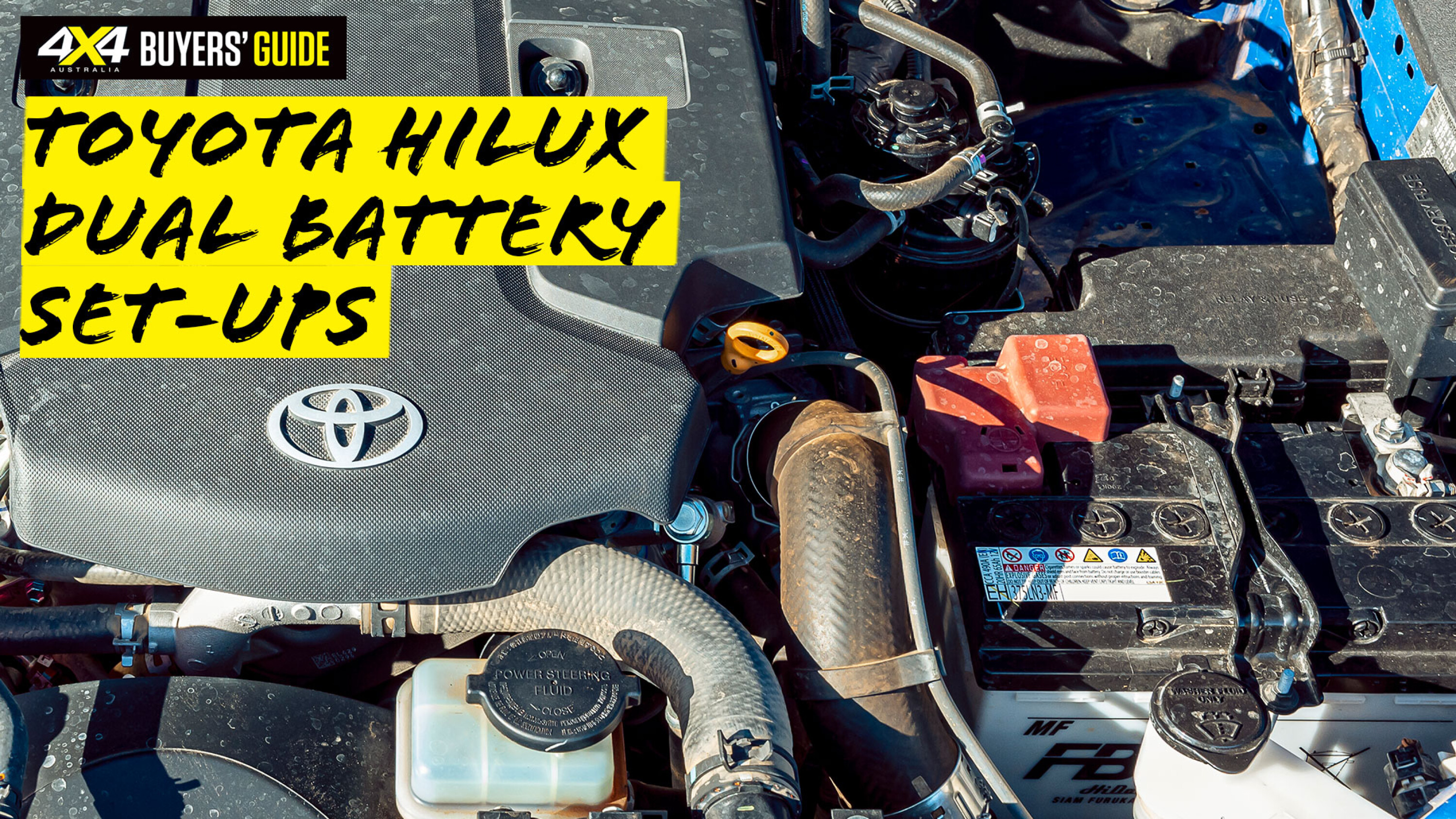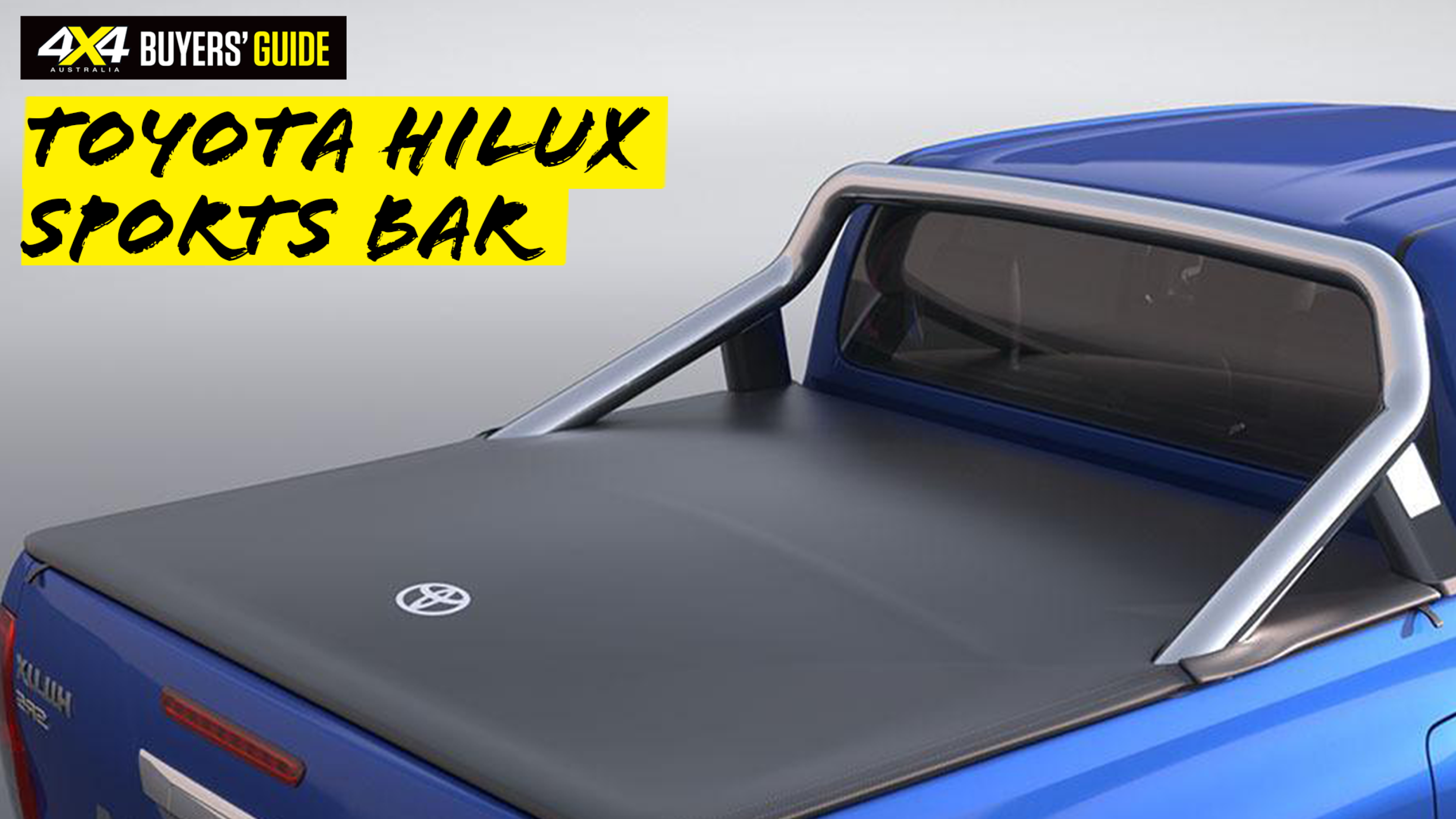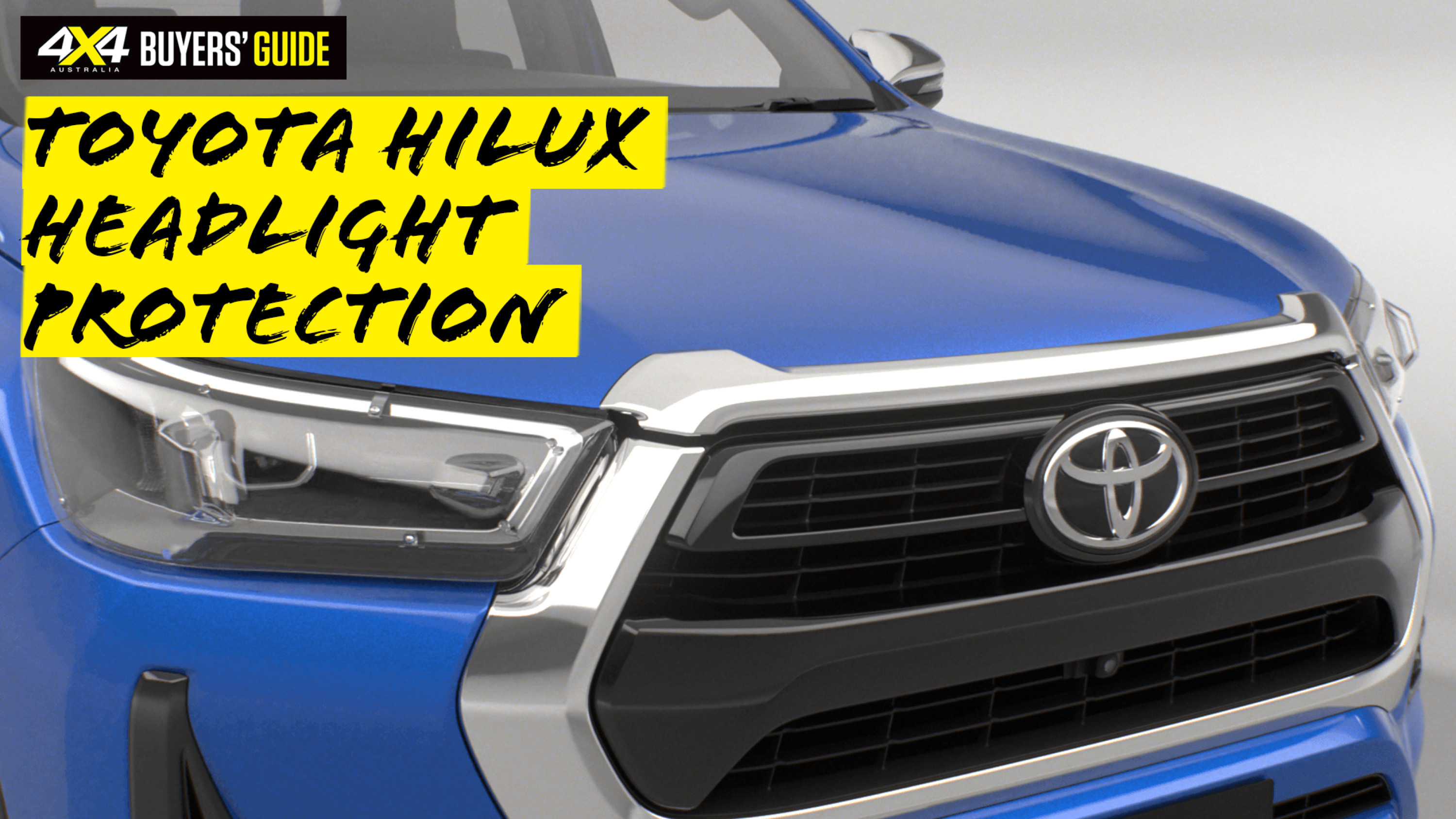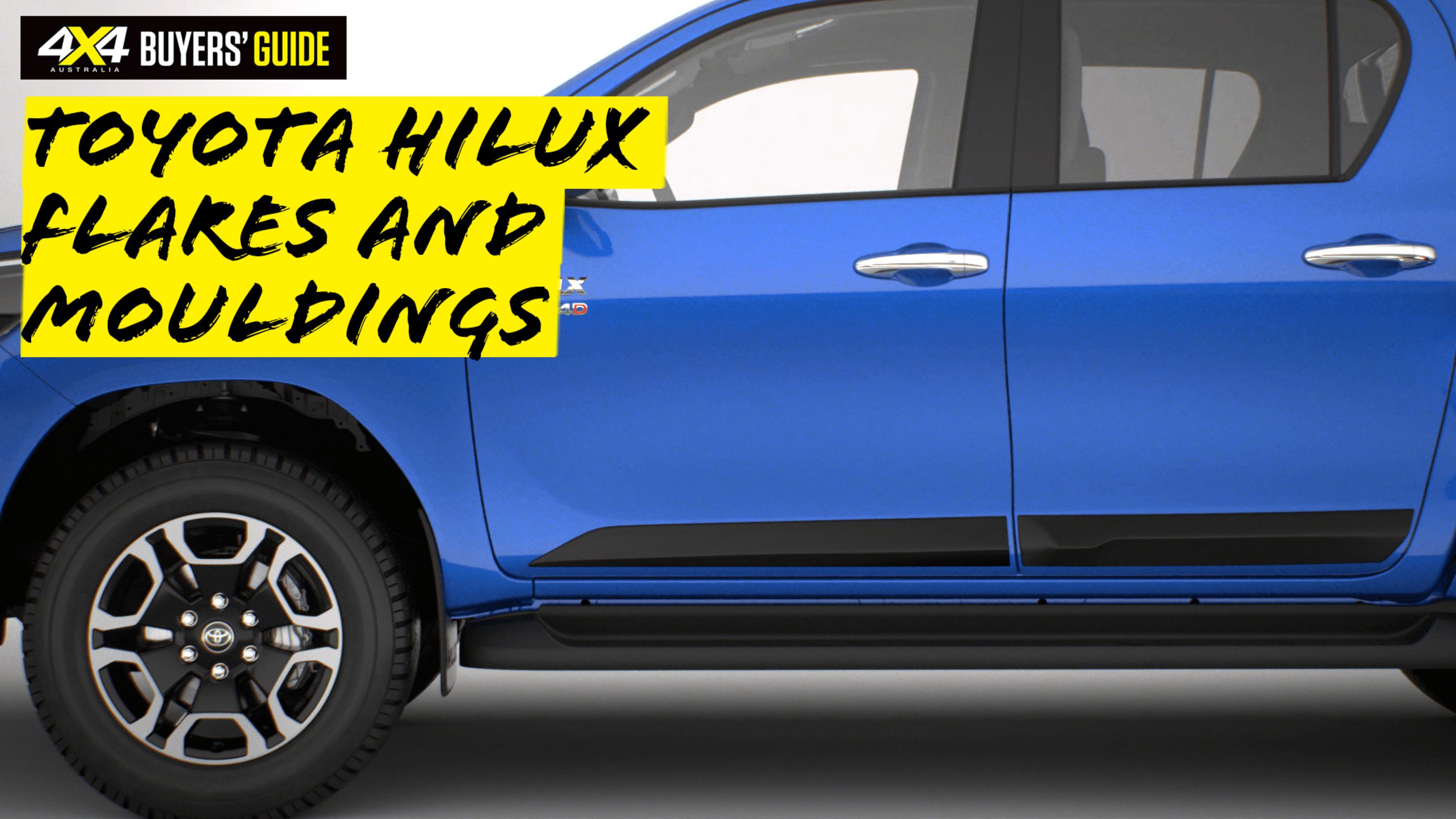When you add all the power-hungry accessories we take on trips these days, a starter battery simply can’t cope.
The result will be a dead starter battery when you need it most. The solution is a dual or secondary battery system. Without the need to perform starting duties on your HiLux, this second battery can be a designated deep-cycle with the sole purpose of running those accessories.
- What it is: A second battery system. These systems typically include a second deep-cycle battery; an isolator and/or charger between the starter battery and second battery; and associated wiring and hardware such as battery mounting trays. For this guide we have focused on battery trays as they are vehicle-specific, and chargers/isolators as they are the beating heart of any dual battery system.
- Why you need it: Fridges, lights, 12-volt ovens, radios, laptops, cameras and other accessories can significantly drain a battery, leaving insufficient power to start the car. A starter battery isn’t designed for the deep discharge required to power appliances long-term – it’s designed to deliver a surge of power for the short period of time required to start the car. To avoid destroying your starter battery, a second battery will be required to run these accessories.
- Buying tips: Dual-battery systems are not particularly vehicle-specific and similar setups will work across multiple vehicles. The HiLux is no exception, so any auto electrician should be able to create a dual-battery system. We have listed below some of the HiLux-specific kits, especially trays, as that’s the part which tends to be unique to a given vehicle.
Lithium batteries are the pinnacle of 12V systems as they are lighter and have more capacity than comparable AGM or lead acid batteries, but lithium does require specialised charging systems. They are also much more expensive.
Here are four products we recommend. They’re intended as a starting point, to give you an idea of what’s available.
JUMP AHEAD
| Battery Size | Battery Location | Charger | Lithium-compatibleu00a0 | |
|---|---|---|---|---|
| Piranha Offroad | Up to 265mm, 21kg | Under bonnet | 30Amp DC-DC | Yes |
| Redarc | Up to 200Ah | Tray or cabin | 40Amp DC-DC | Yes |
| Projecta | Up to 300mm x W174mm x H220mm, 17kg | Under bonnet | 25Amp DC-DC | No |
| Enerdrive Esystem | Up to 200Ah | Tray or cabin | 40Amp DC-DC | Yes |
Piranha Offroad
Pairing an Australian-made battery tray designed for under-bonnet mounting with the 30Amp DC-DC charger from Piranha Offroad provides a reliable and effective solution to your power requirements.
Featuring selectable output voltages for lithium, sealed lead acid, vented lead acid, AGM or lead crystal batteries and solar input, the charger will take just about any input and convert it to usable power to charge your auxiliary battery.
Specifications
- Battery size: Up to 265mm, 21kg (limited by the tray size)
- Battery location: Under bonnet
- Charger: 30Amp DC-DC
- Lithium compatible: Yes
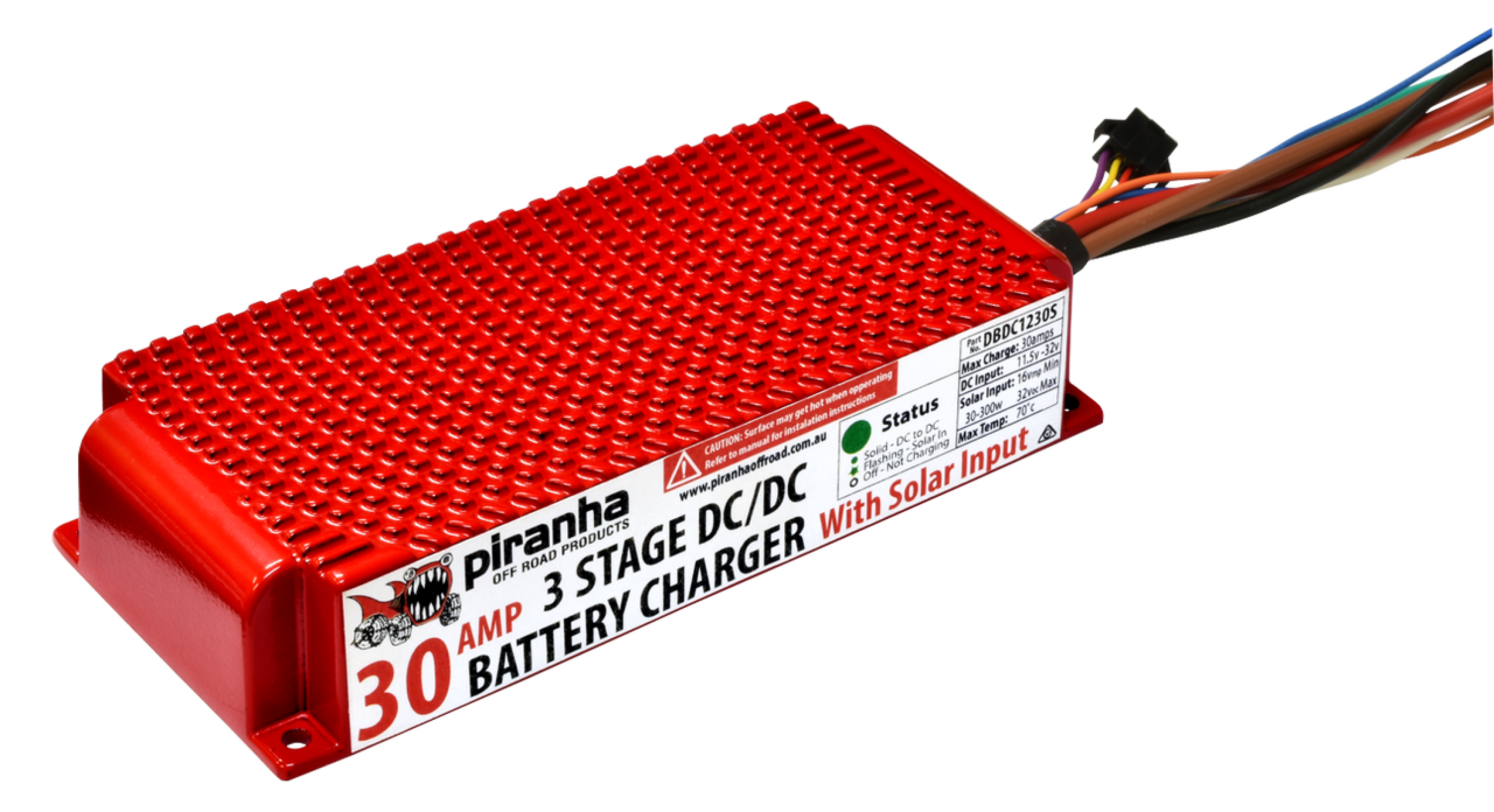
Pros
- Solar input available
- Australian-made tray
- Charger suitable for all battery types
Cons
- Under-bonnet mounting limits lithium options
- 21kg rating is insufficient for a 100AH AGM battery
Redarc
With 40 amps of output, this DC-DC charger from Redarc is suitable for batteries up to 200AH, including lithium. The kit comes with required wiring, fuses and a dual-battery voltage gauge. Pick up a battery and find somewhere in your cabin or tray to mount it and you’re ready to go.
Specifications
- Battery size: Up to 200Ah
- Battery location: Tray or cabin
- Charger: 40Amp DC-DC
- Lithium compatible: Yes
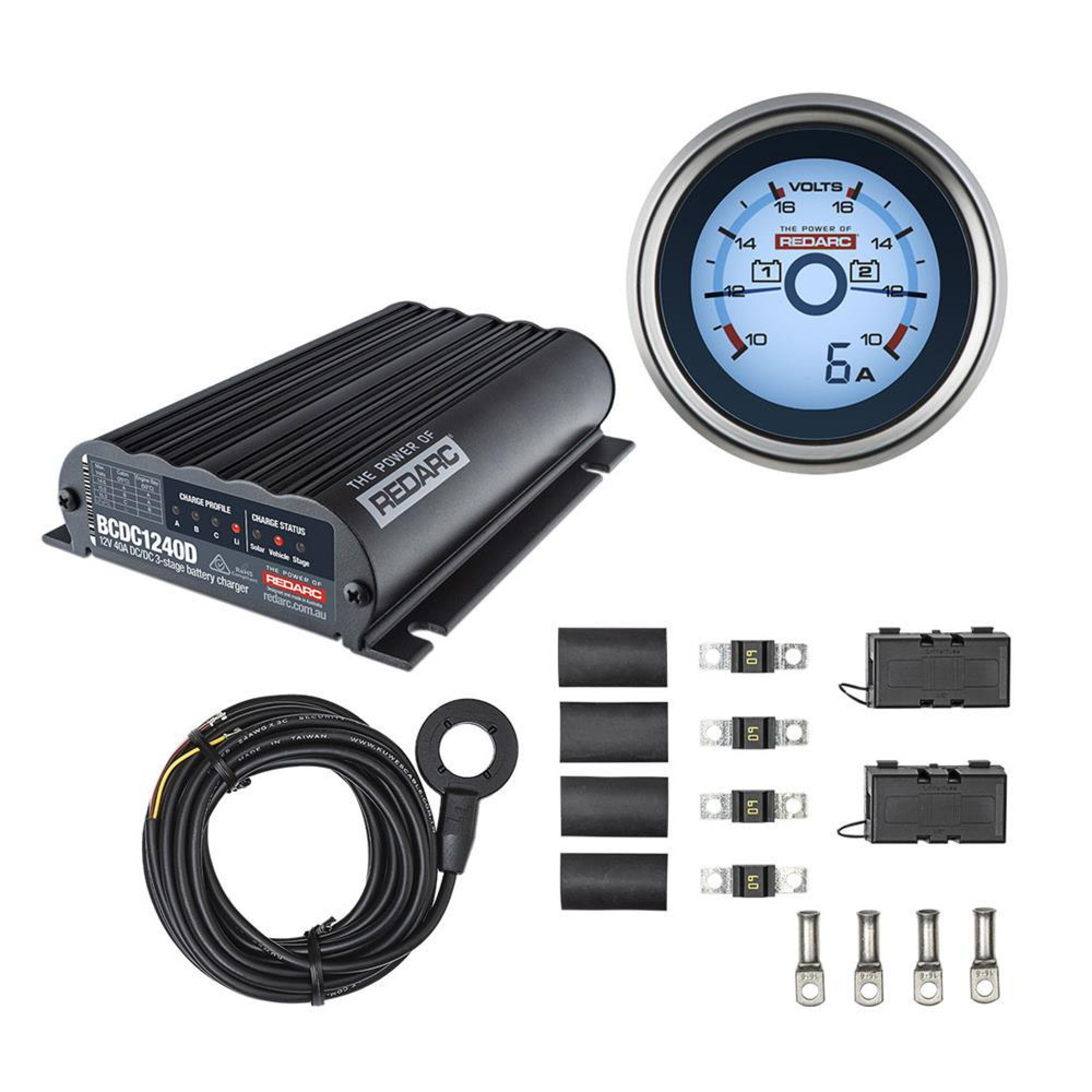
Pros
- The kit gives a nice headstart for those installing themselves
- Redarc quality
- Charger suitable for all battery types and can charge a whopping 200Ah lithium
Cons
- Redarc quality does cost
- The dual voltage gauge is great for an AGM but no good for lithium
Projecta
This combo from Projecta includes a heavy duty-battery tray designed for under-bonnet mounting, made with 2mm steel. It’s combined with a 45Amp DC-DC charger that is equally at home under the bonnet. The charger is rated up to 80°C, meaning this combo is a simple under-bonnet solution for those not interested in jumping on the lithium bandwagon.
Specifications
- Battery size: Up to L300mm x W174mm x H220mm, 17kg
- Battery location: Under bonnet
- Charger: 25Amp DC-DC
- Lithium compatible: No
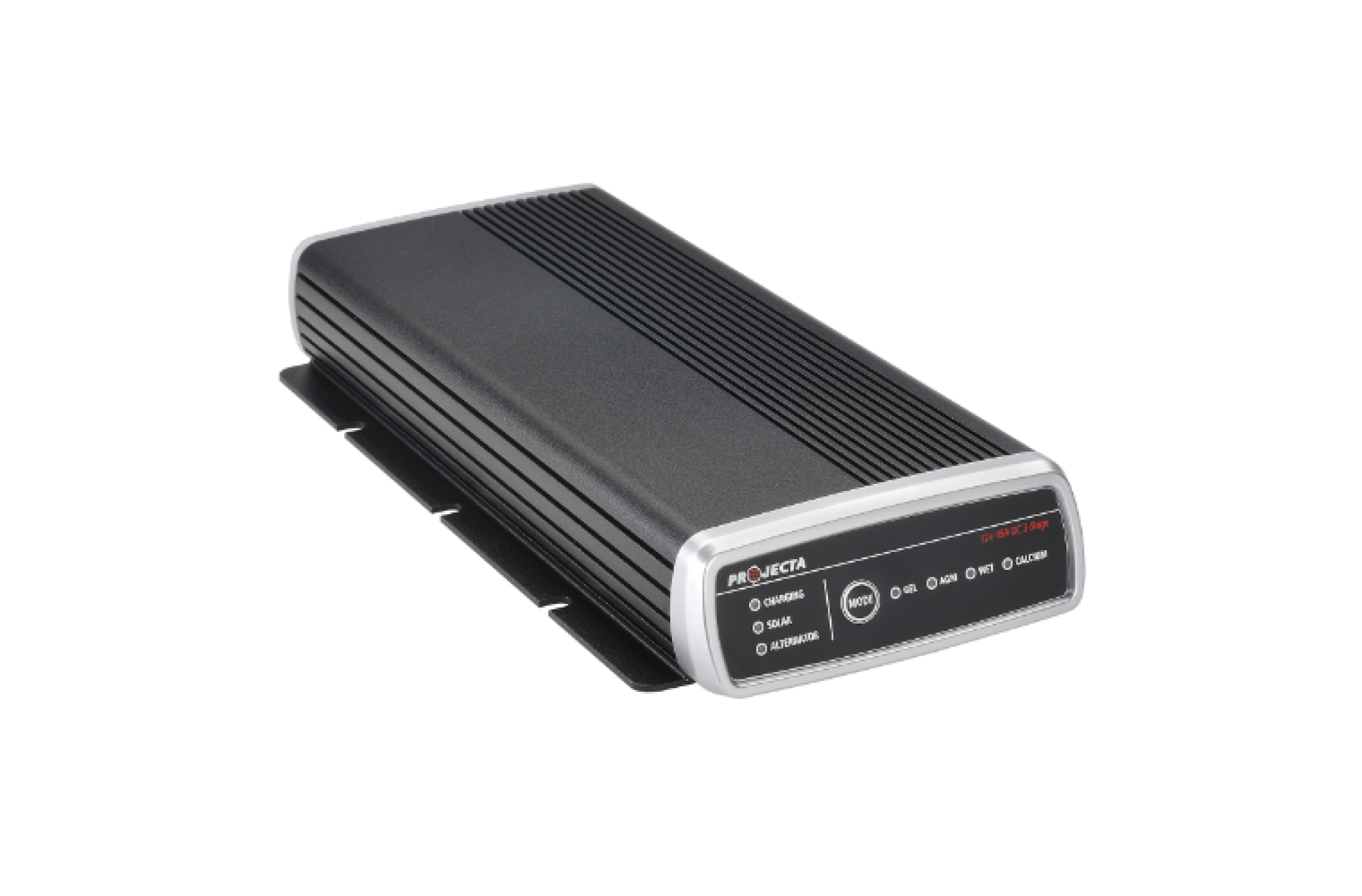
Pros
- Simple under-bonnet solution
- Solar input
- Auto detect battery types
Cons
- No potential for lithium upgrade in the future
- 17kg rating is a little light
Enerdrive Esystem
For those who want an off-the-shelf full system solution to bolt into that fancy service body or canopy, the complete Enderdrive Esystem is for you. The system includes a 40Amp DC-DC charger, fuse block and 2000W inverter for those 240v appliances.
Specifications
- Battery size: Up to 200Ah
- Battery location: Tray or cabin
- Charger: 40Amp DC-DC
- Lithium compatible: Yes
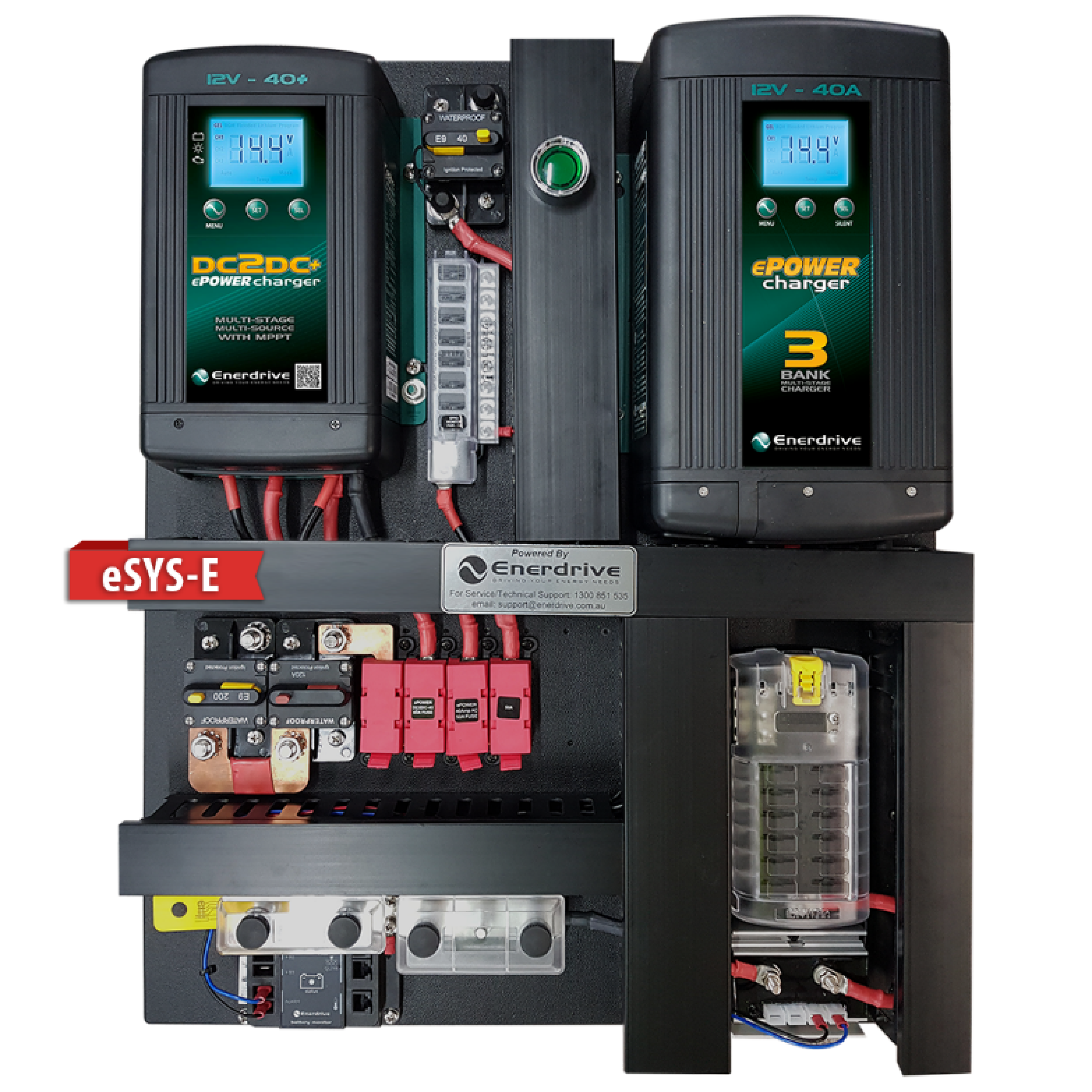
Pros
- Neat and tidy system easy to be installed by the home mechanic
- Made-to-order configurations
- Convenient
Cons
- Pricey overall but actually good value considering the inclusions
How we review products
4X4 Australia has been reviewing four-wheel drive vehicles and aftermarket products for more than 40 years.
When looking for the best accessories for your make and model of 4WD, there are some things essential to making sure you have the best off-roading experience.
When we compare products, here are some of the things we consider:
- Warranty
- Build quality
- Value for money
- Time and ease to set-up/install
- Weight
- Fit and finish
- How well it gets the job done
- What materials they’re made from
- Corrosion/UV resistance
- Coatings
- Compatibility with other accessories
- Compliance with ADRs and vehicle safety systems
- Country of manufacture
- Load ratings, to determine what’s the best product across each price point.
Disclosure: When you buy through our links, we may earn a commission. We also include products that we do not earn a commission from.
We recommend
-
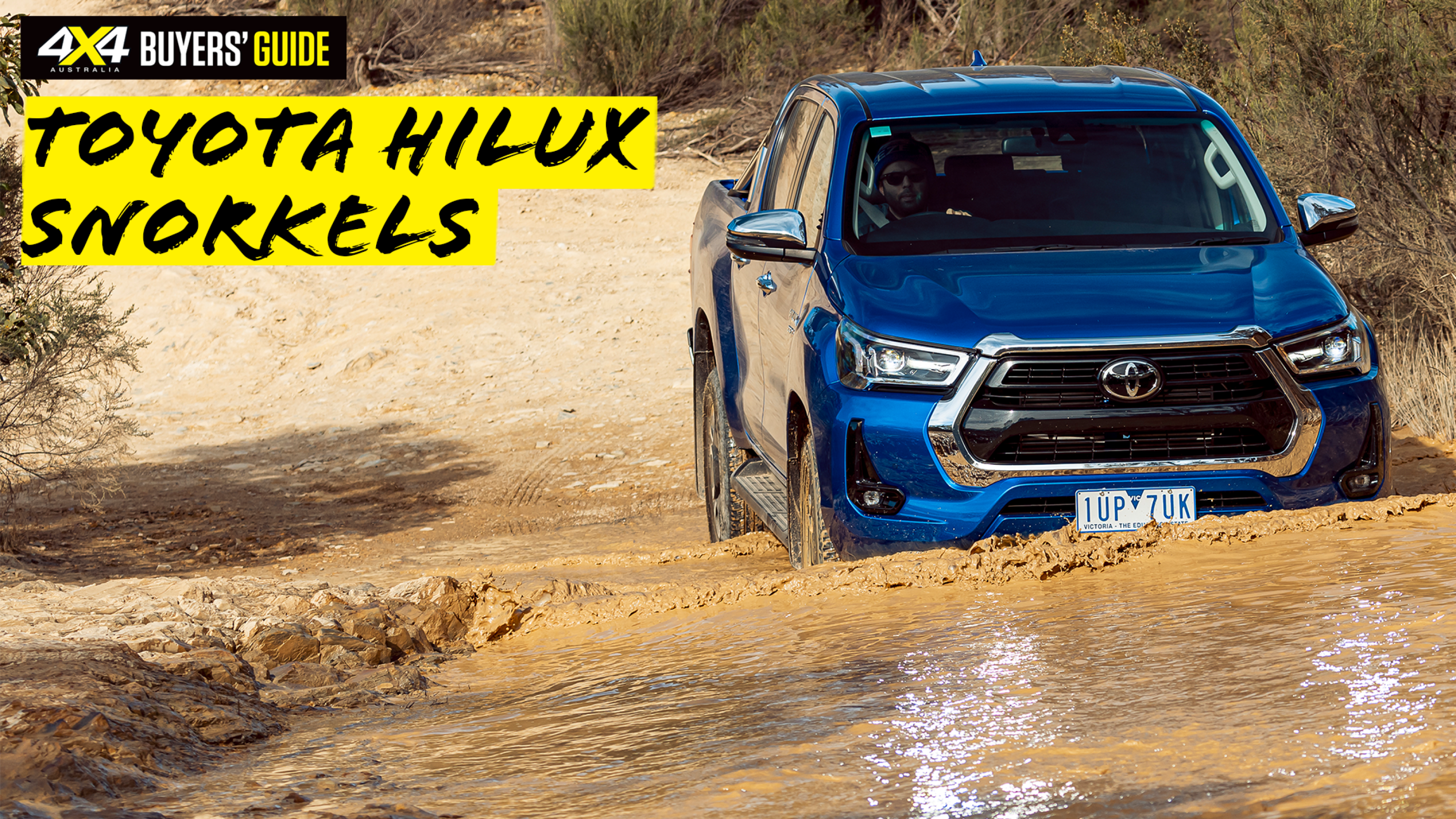 Hilux Accessories
Hilux AccessoriesToyota HiLux snorkel guide
Breathe easier with a quality aftermarket snorkel
-
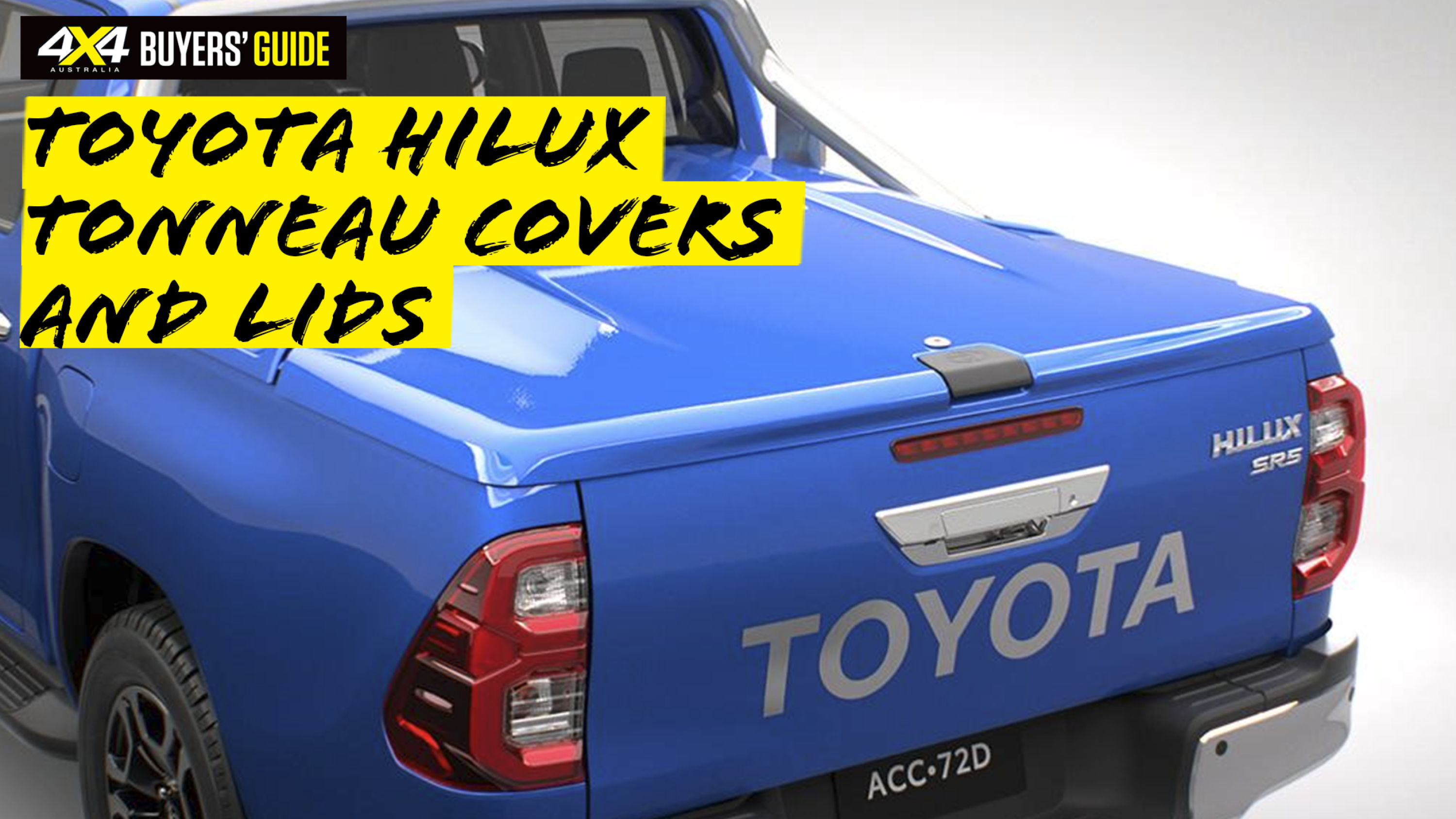 Hilux Accessories
Hilux AccessoriesToyota HiLux tonneau covers and lids guide
Protect gear from the weather and prying eyes, with this simple solution
-
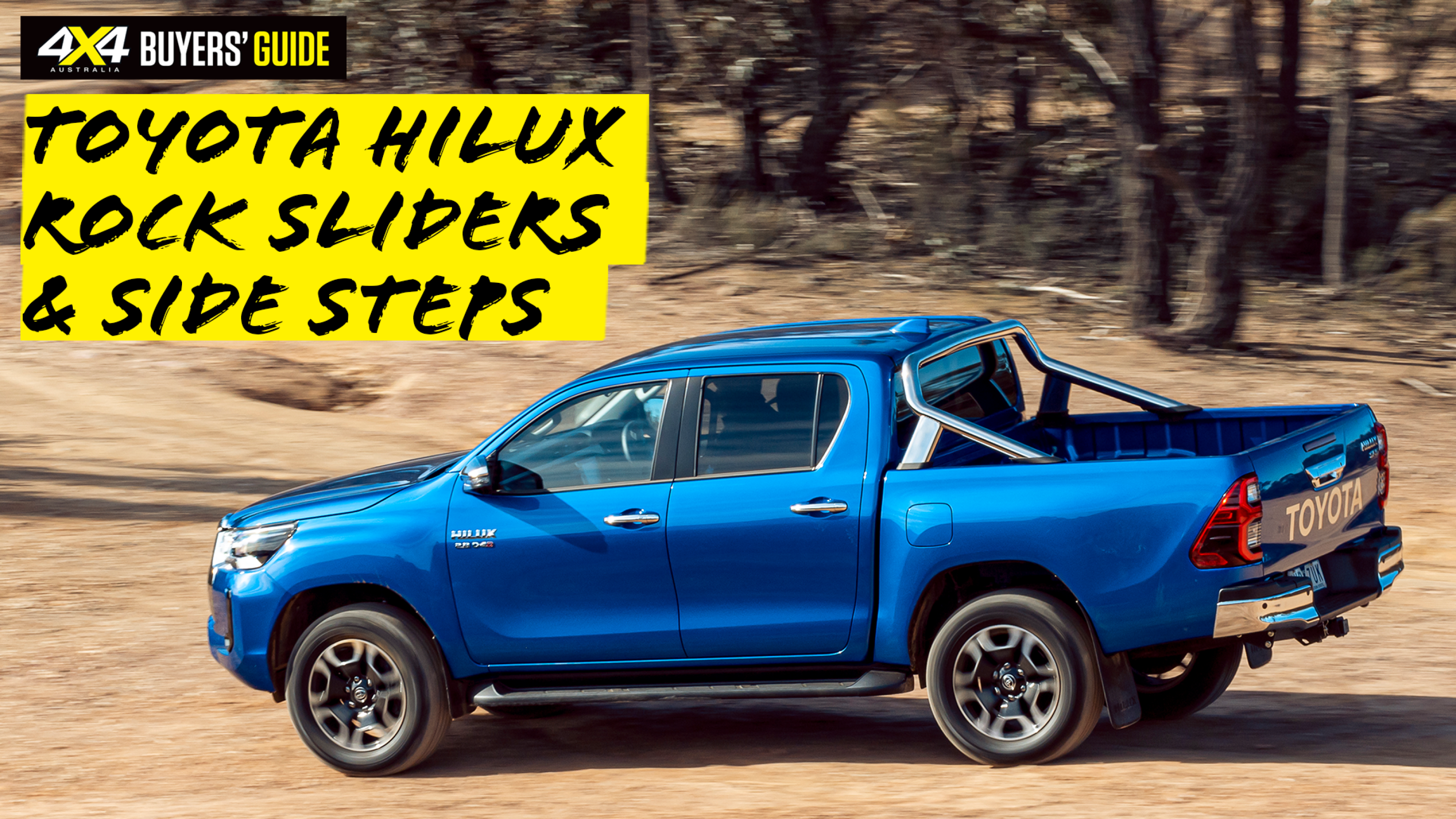 Hilux Accessories
Hilux AccessoriesToyota HiLux rock sliders and side steps guide
Add protection and improve off-road ability with an aftermarket set of rock sliders and side steps

